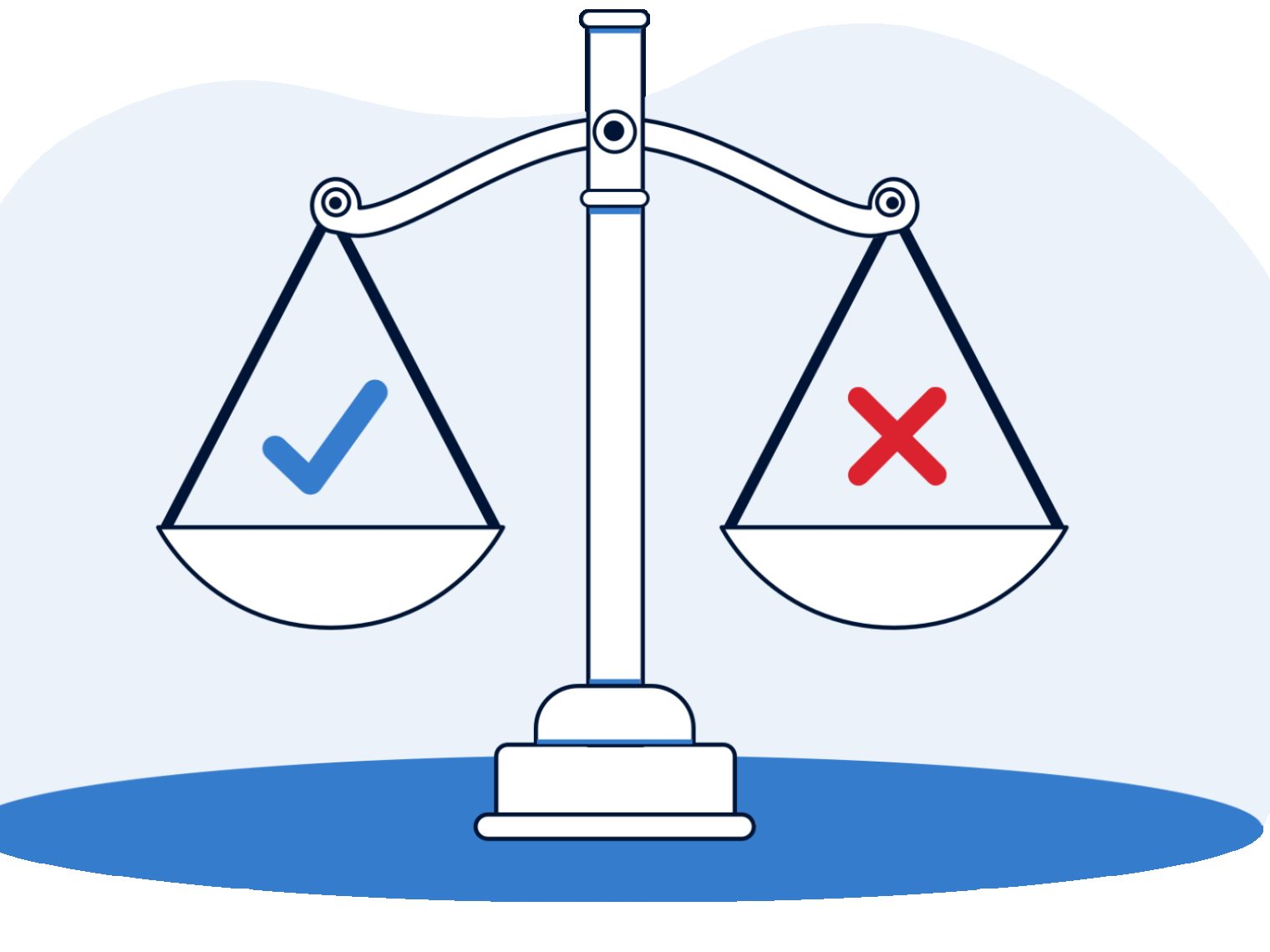- In most cases, borrowers listed in CAIVRS for defaulting on federal debt can’t be approved for a VA loan until the default is resolved.
- The Fresh Start program, which temporarily removed student loan defaults from CAIVRS, ended on October 2, 2024. Borrowers who missed the deadline must use loan rehabilitation or consolidation to regain VA loan eligibility.
In a perfect world, your financial slate is clean when you're ready to purchase a home using your VA loan benefit. But problems with one type of debt in particular, federal debt, can force you to put your homeownership plans on hold.
What is CAIVRS?
CAIVRS stands for the Credit Alert Verification Reporting System, formerly known as the Credit Alert Interactive Verification Reporting System. This U.S. federal government database tracks and reports on individuals and businesses with delinquent federal debt.
The U.S. Department of Housing and Urban Development (HUD) primarily manages CAIVRS, which is used to determine an applicant's eligibility for federal housing and loan programs.
How to Check Your CAIVRS Report
Unfortunately, individuals cannot directly request CAIVRS reports. Instead, CAIVRS information is accessed by authorized users, such as lenders, government agencies and approved third-party servicers during the application process for federal loans and benefits.
So, what happens if your lender sees your name in this system?
How CAIVRS Impacts VA Loan Applications
Veterans and active military members who are either delinquent or in default on a federally assisted loan cannot meet the VA's definition of a satisfactory credit risk. That means VA lenders will be forced to turn down your VA loan.
If you're struggling to manage your credit score, one of our credit consultants can help strengthen your financial profile and get you back on track with the VA loan process at no cost. However, debt and derogatory credit can be different issues.
Lenders can tolerate a certain level of derogatory credit. They often have an in-house cap for the amount of derogatory credit (things like collections and judgments) for a loan file. This varies by lender, so it may be $3,000, $5000 or more. Prospective borrowers who come in under that benchmark can move forward with the process.
Regardless of whether the defaulted debt amount surpasses your lender’s in-house cap, you need to clear your CAIVRS before they can move forward with your VA loan application.
How To Clear a CAIVRS Alert to Qualify for a VA Loan
Default or delinquency on federal student loans is the most common CAIVRS issue. However, Veterans may also end up on the database after losing an FHA loan to foreclosure or failing to settle overpayments on education or disability income.
If you're delinquent or in default on federal student loans, repaying the debt immediately is an option but not the only one, especially with the average college senior graduate having about $30,000 in student debt.
Fortunately, many borrowers can clear a CAIVRS alert by entering into a loan rehabilitation program or consolidating their defaulted loans into a new Direct Consolidation Loan and making qualifying payments. You don’t always have to pay the entire balance immediately.
After Default on Student Loan Debt
If you defaulted on student loan debt in the past, you may already be cleared from CAIVRS. Thanks to the Fresh Start Program in 2022, the Department of Education cleared all default notations on CAIVRS for borrowers with eligible defaulted loans.
The Fresh Start Program, a government program, allows borrowers with federal student loan default status to reenter “current repayment status.” To maintain a clear CAIVRS, you must enroll in a student loan debt payment plan.
However, the Fresh Start program enrollment period ended on October 2, 2024. Borrowers who missed the deadline will need to use traditional options to remove federal loan defaults before they can qualify for a VA loan.
You should keep in mind that student loan debt can lead to a high DTI ratio, which negatively impacts your VA loan application.
After Default on a Government-Backed Mortgage
Not all federal loan defaults wind up getting reported to CAIVRS. Defaulting on a government-backed home loan can lead to a waiting period, typically starting when the government pays the foreclosure claim.
This can be especially frustrating for borrowers who've discharged a government-backed loan through bankruptcy only to see it foreclosed on months or even years later.
If you worry debt might hamper your chances of getting a VA loan, reach out to a Veterans United VA loan expert at 855-870-8845.
How We Maintain Content Accuracy
Our mortgage experts continuously track industry trends, regulatory changes, and market conditions to keep our information accurate and relevant. We update our articles whenever new insights or updates become available to help you make informed homebuying and selling decisions.
Current Version
Dec 2, 2025
Written ByChris Birk
Reviewed ByDon Wilson
Updated article based on student loans resuming and Fresh Start program ending. Content reviewed and fact checked by underwriter Don Wilson.
Veterans United often cites authoritative third-party sources to provide context, verify claims, and ensure accuracy in our content. Our commitment to delivering clear, factual, and unbiased information guides every piece we publish. Learn more about our editorial standards and how we work to serve Veterans and military families with trust and transparency.
Related Posts
-
 VA Renovation Loans for Home ImprovementVA rehab and renovation loans are the VA's answer to an aging housing market in the United States. Here we dive into this unique loan type and the potential downsides accompanying them.
VA Renovation Loans for Home ImprovementVA rehab and renovation loans are the VA's answer to an aging housing market in the United States. Here we dive into this unique loan type and the potential downsides accompanying them. -
 Pros and Cons of VA LoansAs with any mortgage option, VA loans have pros and cons that you should be aware of before making a final decision. So let's take a closer look.
Pros and Cons of VA LoansAs with any mortgage option, VA loans have pros and cons that you should be aware of before making a final decision. So let's take a closer look.

